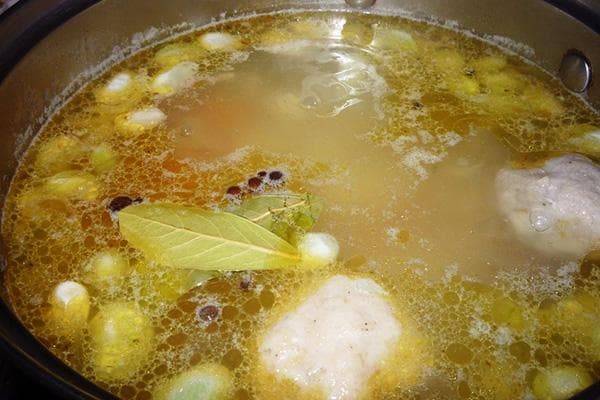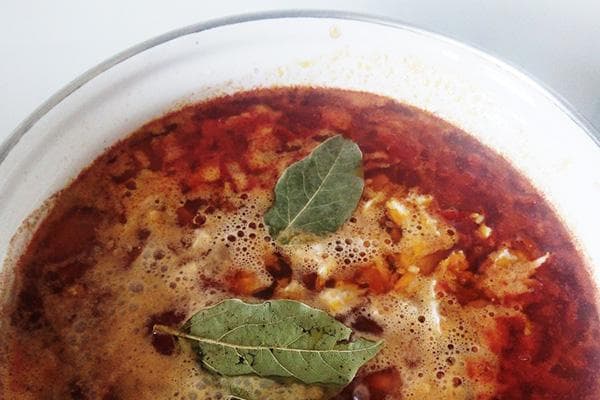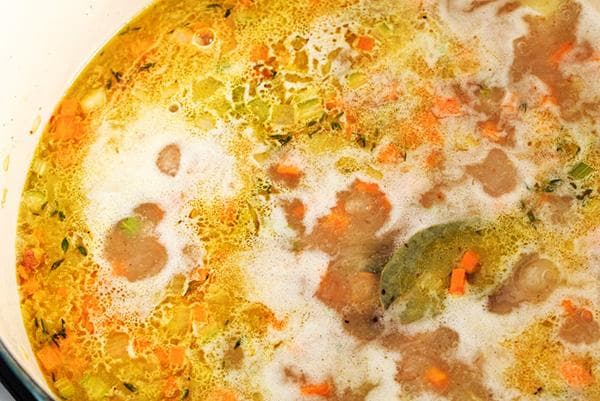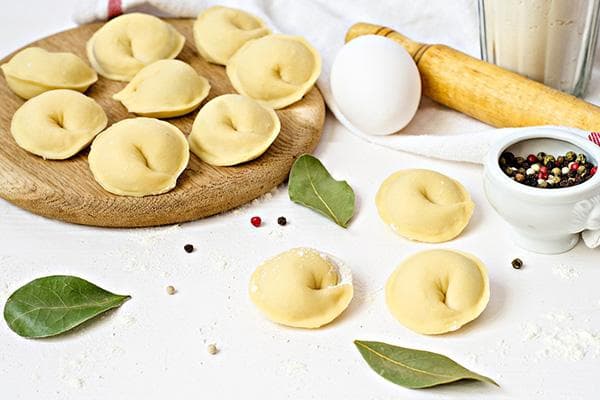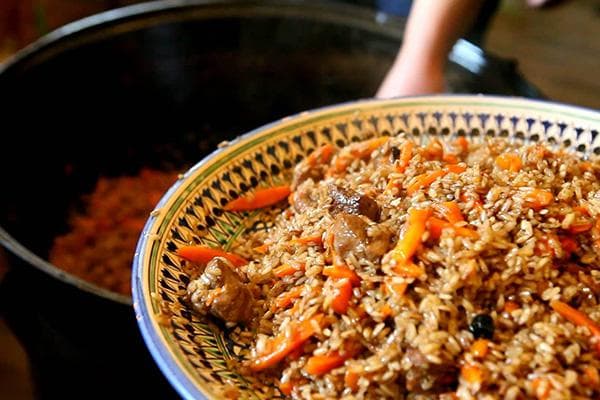Why do you brew bay leaves: culinary secrets of the south
Everyone knows about the use of bay leaves in cooking, but not everyone knows that incorrect use of the spice can spoil the taste of dishes and cause bitterness in food. An annoying oversight can be avoided if you use bay leaf in compliance with certain rules. It is also advisable to know in which dishes the aroma of bay leaf is appropriate and in which it is not.
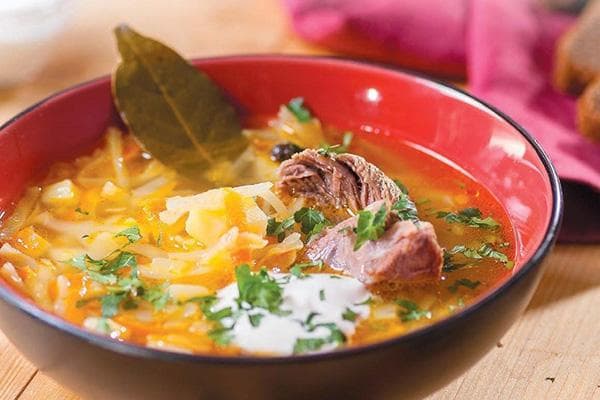
Why add bay leaf?
Mankind's acquaintance with the bay leaf has a long history. At first, laurel was used only for ritual, medical and cosmetic purposes - for fumigating a home, as a talisman. Babies were washed with a laurel solution, protecting them from evil spirits, and their hands were disinfected before meals.
The spice began to be used in cooking relatively recently. Due to the presence of essential oils in laurel, the taste of dishes is transformed and becomes bright. If you use bay leaf even in small quantities, it benefits the body due to its composition, as it is rich in vitamins A, B, C, PP and useful minerals, including manganese, iron, potassium, calcium and other elements. Doctors have nothing against this spice - on the contrary, they recommend it for consumption.
Bay leaf has a tonic and healing effect on the body:
- improves appetite;
- promotes digestion activation;
- stimulates the immune system;
- helps cleanse the body of toxins;
- supports the functioning of the urinary system;
- normalizes blood sugar levels;
- reduces low-density cholesterol;
- relieves joint pain.
The spice is used when preparing dishes that require heat treatment. Only under the influence of high temperatures is the taste and aroma of laurel fully revealed. There is no need to skimp on the amount of spice so that the flavor notes are truly expressed. Laurel is added to dishes in dried form, unless it grows on the windowsill of an apartment.
The leaves can be ground or left whole. In powdered form, bay leaves add more flavor to dishes.
In its entirety, the spice is used for stewing, cooking, pickling, preserving food, in powder form - even for frying. The leaves, thrown whole into the pan, are removed after the cooking process is completed, otherwise the food may acquire a bitter taste. The specific uses of spices depend on the specific dish.
What soups do they add seasoning to?
When preparing first courses, bay leaves are added to most meat, fish and vegetable soups. Without this spice it is difficult to imagine the taste of borscht, fish soup, and cabbage soup. For a three-liter pan, 1-2 medium-sized leaves are enough. More accurately, the required concentration is determined experimentally (the amount of essential oils in a bay leaf depends on the location and growing conditions, drying technology).
In some soups, the use of bay leaf may be inappropriate:
- fish - if it is cooked from varieties of fish that contain bitterness;
- milky - the combination of milk and laurel is unacceptable;
- chicken - the delicate aroma of the soup should not be interrupted by the pungent smell of bay leaves;
- mushroom - the seasoning will distort the taste and smell of mushrooms.
In soups cooked with vegetable broth, the use of laurel remains questionable, since this is a matter of taste. In this case, it is better to use the spice in a minimal amount or not add it at all, but replace it with fresh herbs.
When to add bay leaf to broth?
It is important to take into account the peculiarities of using laurel. When preparing first courses, it is added in different ways:
- in thick, rich soups, add the leaf 10 minutes before readiness and remove it 2-3 minutes after the fire is turned off;
- when cooking liquid soup, add laurel 5 minutes before the end of cooking and remove as soon as the dish is ready;
- strong meat broth is flavored with bay leaf 15–20 minutes before readiness, then the seasoning is removed.
If ground bay leaf is used together with other spices, it is added 5 minutes before the broth is ready. Of course, it is impossible to remove crushed bay leaves from the soup, and there is no urgent need for this. When crushed in production, laurel undergoes a certain processing, after which only aromatic components remain in it.
In the event that you have gone too far with the amount of spice, you can try to correct the taste of the dish. The broth is diluted with water, a little sugar is added to it, and lemon juice is added. You can mask the sharp taste by serving sour cream or mayonnaise.
When to add bay leaf to dumplings?
Dumplings are a fairly simple but satisfying dish. They are often prepared in a hurry so as not to spend a lot of time preparing the food. Why add bay leaf to dumplings? This is not at all necessary, but many people use the spice when cooking to diversify the taste of the semi-finished product.The ability of bay leaves to improve the digestion process will come in very handy in this case, because the combination of meat and dough makes the dish quite heavy. Seasonings will help the body digest food faster.
Bay leaf is often added by those who like to eat dumplings with broth. Additionally, you can add black peppercorns. Brew the bay leaf at the same time as the dumplings, as the dish takes no more than 5–10 minutes to prepare. Anyone who does not like the too strong taste of the spice can add it at the very end of cooking (1-2 minutes).
Gourmets argue that the taste of bay leaf is inappropriate in homemade dumplings, and recommend adding it only when preparing store-bought semi-finished products, the taste of which is often questionable.
Is spice added to pilaf?
Neither in the classic nor in any other version of preparing pilaf is bay leaf used as an ingredient. Asian countries are considered the birthplace of this dish, but today it is prepared all over the world. The basis for pilaf is rice, meat, onions and carrots. In each locality, this dish has its own flavor, as it is complemented with different spices, but there is no bay leaf among the seasonings.
Usually added to pilaf:
- black pepper;
- Red pepper;
- cumin (cumin);
- turmeric;
- barberry.
At the end of preparing the pilaf, a whole head of garlic is placed in a cauldron, which is then also served to the table. Adding a bay leaf can only spoil the pilaf. The taste of this dish is already rich and spicy.
Fans of pilaf are very sensitive to its composition. In their opinion, this dish is only truly obtained by using fatty lamb and cooking over a live fire; everything else is rice porridge with additives.However, this does not prevent anyone from conducting culinary experiments, so you can try making pilaf with bay leaf according to your own recipe and understand for yourself whether the spice is suitable for this dish or not. But in any case, the amount of bay leaf should be insignificant.
Cooks all over the world use bay leaves as a spice. If you use the seasoning moderately and in the right dosage, it will only bring benefits and make the taste sensations brighter. In addition, you can prepare a decoction from laurel for medical and cosmetic procedures.
